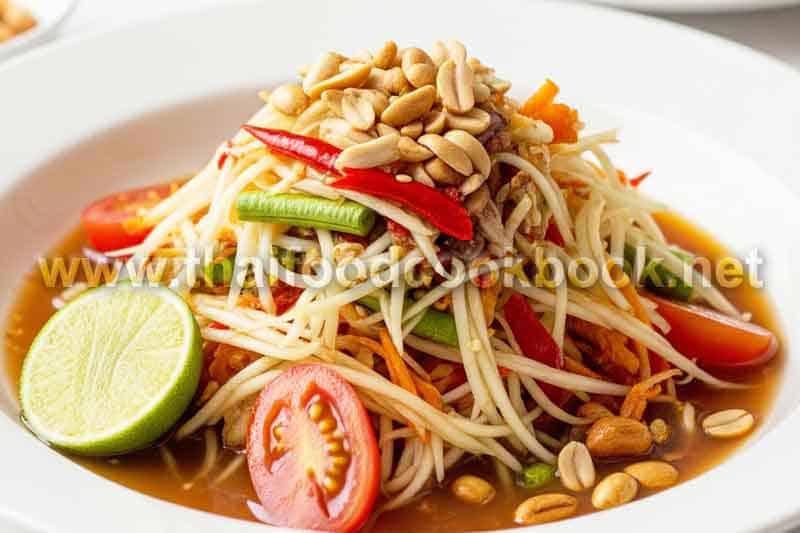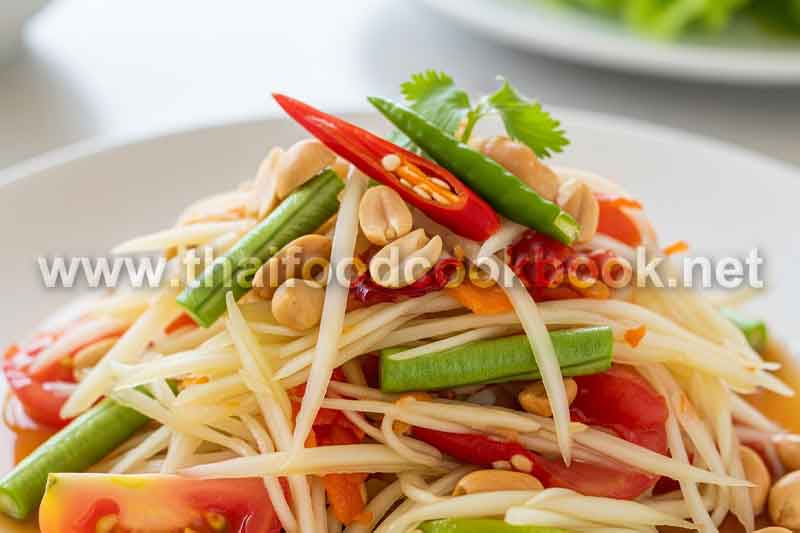The Difference Between Thai Curry Pastes and When to Use Each
Understanding The Difference Between Thai Curry Pastes and When to Use Each is the biggest game-changer for anyone who wants to cook real Thai food at home. Most people think Thai curry pastes are interchangeable, but in Thai cooking each paste comes with its own layered flavor profile, intended use, and traditional ingredients that match specific proteins, vegetables, and even regional cooking methods. The heart of Thai cuisine lives inside the paste—not the coconut milk or broth. Thai cooks choose a curry paste first, then build a dish around it, which is why learning when and how to use red, green, yellow, Panang, or Massaman paste is essential for results that taste like Thailand instead of a simplified “Asian-style” soup. The base philosophy is this: spicy, aromatic pastes pair with bold meats; gentler sweet or nutty pastes pair with delicate ingredients; and earthy blends suit slow-cooked or creamy dishes. When the right paste meets the right cooking technique, the dish becomes balanced, fragrant, and intensely satisfying—just like what you find in home kitchens and traditional street stalls across Thailand.
What Makes Each Thai Curry Paste Unique
Thai curry pastes are not just “spice level” variations—they are built from different cultural influences, local herbs, and seasonally available ingredients. Red curry paste is dry-heat chili forward with deep body and mild sweetness; green curry paste is herbaceous, grassy, and more aromatic; yellow curry paste is turmeric-based and mellow; Panang is richer and thicker, leaning sweet-savory; and Massaman carries Persian influences with cinnamon, star anise, and toasted cardamom. Choosing a paste is like choosing a flavor personality. In traditional Thai kitchens, these pastes are matched to climate, its season, and how strong or delicate the main ingredient is. The fragrance of lemongrass, galangal, makrut lime zest, and coriander root is not “decoration” but structural seasoning—each leads the palate in a different direction. This is why a bowl of green curry with seafood tastes alive and aromatic, but with beef would feel overly herbal; meanwhile Panang beef creates velvety, nutty depth. Thai cooks also pay attention to how paste interacts with oil and heat. Blooming paste over low flame releases essential oils from chilies and herbs so its scent blossoms before liquid is added, a step that separates authentic flavor from flat or “watery” home attempts. When you learn these fundamentals, you can approach Thai food like local cooks do—by flavor logic, not guesswork.
When to Use Red, Green, Yellow, Panang, and Massaman Curry Pastes
Once you understand the core flavors, pairing becomes intuitive. Below is a high-level guide showing which paste should meet which ingredient or mood in the kitchen:
- Red Curry Paste – bold and balanced; excellent for chicken, pork, duck, or tofu with vegetables like bamboo shoots or bell peppers.
- Green Curry Paste – herbal and bright; ideal for seafood, chicken, Thai eggplants, or lighter vegetables because its perfume is delicate when warmed.
- Yellow Curry Paste – mild, slightly sweet, and turmeric-forward; perfect for potatoes, onions, root vegetables, and chicken or seafood in light stews.
- Panang Curry Paste – creamier and nuttier; meant for thickened sauces, beef, fatty pork, or grilled meats where reduced coconut cream forms a velvet finish.
- Massaman Curry Paste – warm, spiced, and slow-cooked; best for beef, lamb, peanuts, onions, or simmered stews that invite mellow sweetness.
Chefs in Thailand also consider cut geometry—how thickly sliced meat interacts with paste texture—because mouthfeel equals flavor release. Delicate pastes reward gentle poaching; powerful pastes bloom best after frying in coconut cream. This relationship between paste viscosity, oil, and cooking speed is the reason Thai curry is never just “add paste then coconut milk.” It is culinary engineering at its most fragrant form.
Final Summary and the Key to Choosing the Right Curry Paste
In the end, The Difference Between Thai Curry Pastes and When to Use Each comes down to understanding that every paste is a complete seasoning system rooted in tradition, not a sauce shortcut. Red paste delivers body and heat, green paste carries garden-bright aromatics, yellow paste nurtures comfort and softness, Panang celebrates richness, and Massaman rewards slow cooking with spice warmth. When you select the paste based on its personality—not the label—you immediately bridge the gap between restaurant flavor and home cooking success. For a deeper dive into ingredient breakdowns and pairing structure, you can explore comprehensive breakdowns of Thai curry pastes to reinforce your understanding and improve your instincts in the kitchen.

